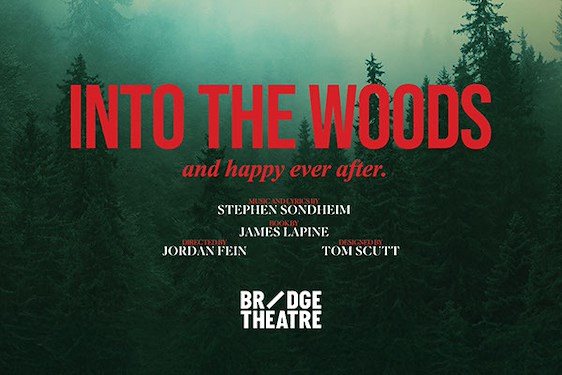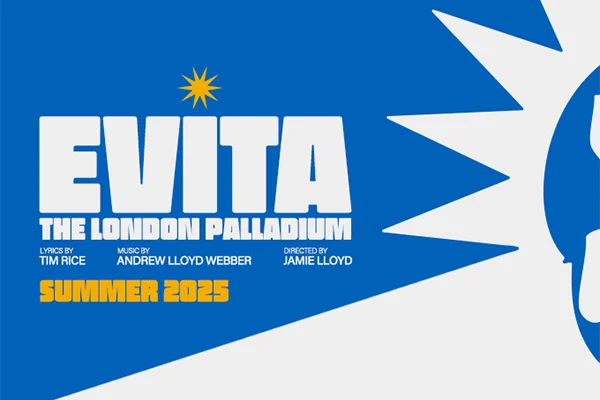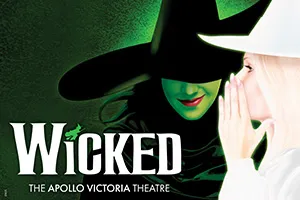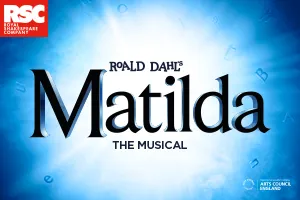Set in an unspecified time and without a location,
a well-crafted blend of the timeless and the immediate.
The structure of Tan’s play and the instructions he gives about it are fascinating in themselves. The piece is in three parts. Part One has nine scenes and is separated by thirty years from Part Two, which has seven scenes. Part Three is very short with only two scenes of which the first occurs three hundred years after the end of Part Two while the second is ‘a space beyond time, or at least history’. These latter futuristic and speculative scenes seem to lack the immediacy of earlier scenes almost causing the play to fade away rather than reaching a climax or providing a dénouement as engaging as what has come before.
Thus, the play has many stories that revolve around a theme and circumstances; eighteen vignettes that are portrayals of life in a newly-emerging despotic regime. Society, we are informed, is ‘listless, submissive, and scared’ and Tan asserts that ‘every scene starts afresh’ in the manner of snapshots that capture moments in the lives of people in a range of settings, what he calls a ‘flicker-book of portraits’. He also requires that the play should have ‘at least four actors - two young, two older, a mix of races and genders - play all the roles’. The characters are not named but identified by their positions or jobs. Hence in the opening scene we have Exterminator 1 (Jules Chan) and Exterminator 2 (Daniel York Loh) who are later joined by Bureaucrat (Pía Laborde-Noguez) in a discussion of removing birds from the trees that line the procession route of the new dictator. This sets the tone of conflicting interests, the power of authority figures and people holding alternative perspectives and having different priorities that will become recurring motifs.
It’s potentially a heavy mix but there are several scenes, which, though serious, are more light-hearted. The fashion house encounter provides Pandora Colin, as the Couturier, some delightful moments of dry humour in dealing with design revolutionaries who dare to suggest departing from everything being made in black. Dictators come in many guises. This scene goes particularly well with designer Ingrid Hu’s set with black and white lengths of material that sweep over the heads of the audience from the rear of the auditorium to the stage that are so Coco Chanel. In other scenes the single black rectangular pillar is sufficiently simple to take on various symbolic meanings and throughout, the gauze backdrop allows for a rear-projection to announce each scene title.
Director Joshua Roche has gone for something of a low-key, understated approach to the text which the ensemble clearly warms to, particularly in the ponderous, reflective and calmly tragic scenes. The cast balance each other well and create effective contrasts in the many roles they assume. The range of issues covered means that every scene is likely to resonate with someone and especially with those who have had direct experience in some of the situations depicted, even if to a lesser degree. As such it's a well-crafted blend of the timeless and the immediate.
There is undoubtedly something for everyone in No Particular Order even if it takes a while to appreciate the structure of the thematically related yet independent tales.


















